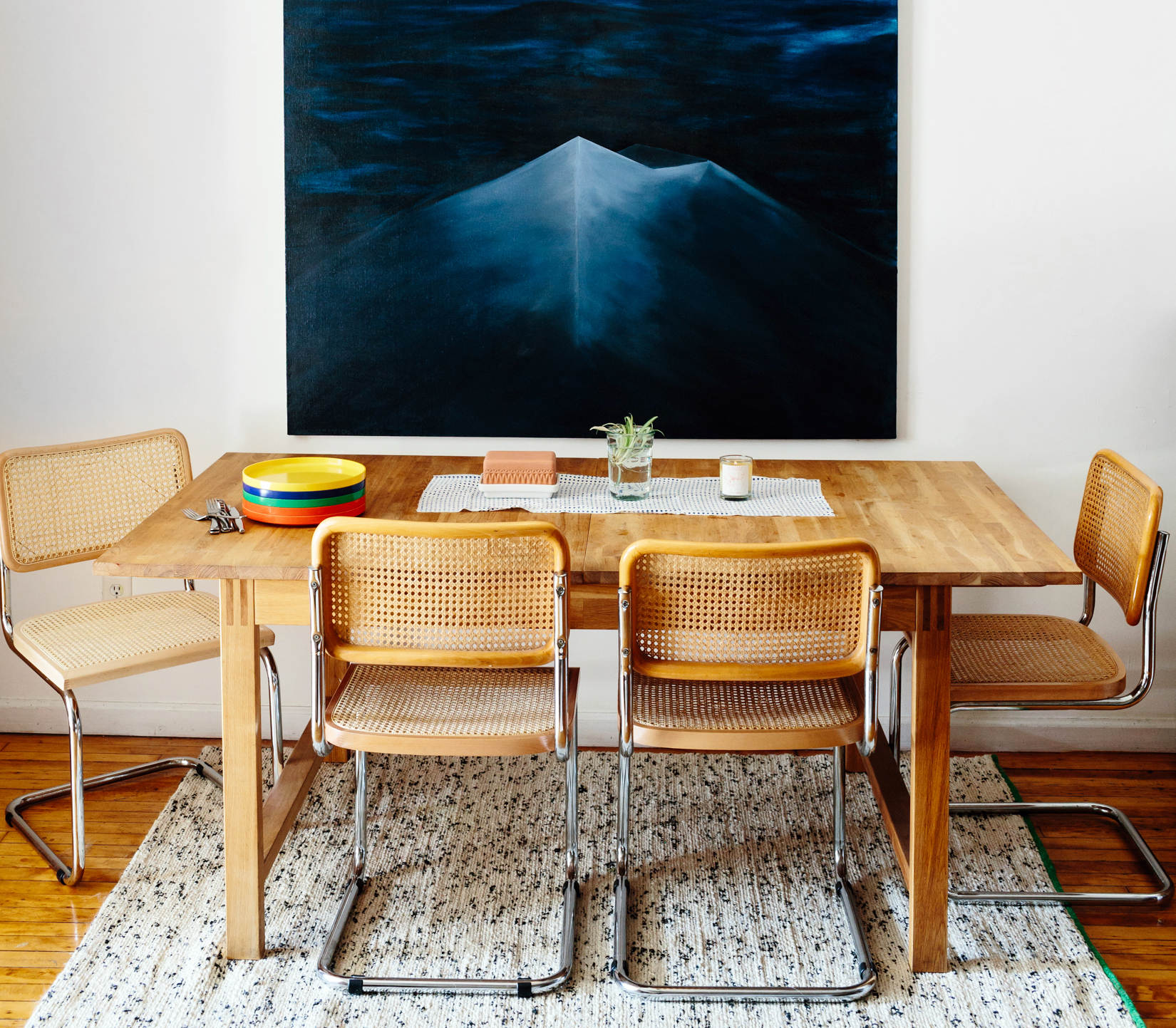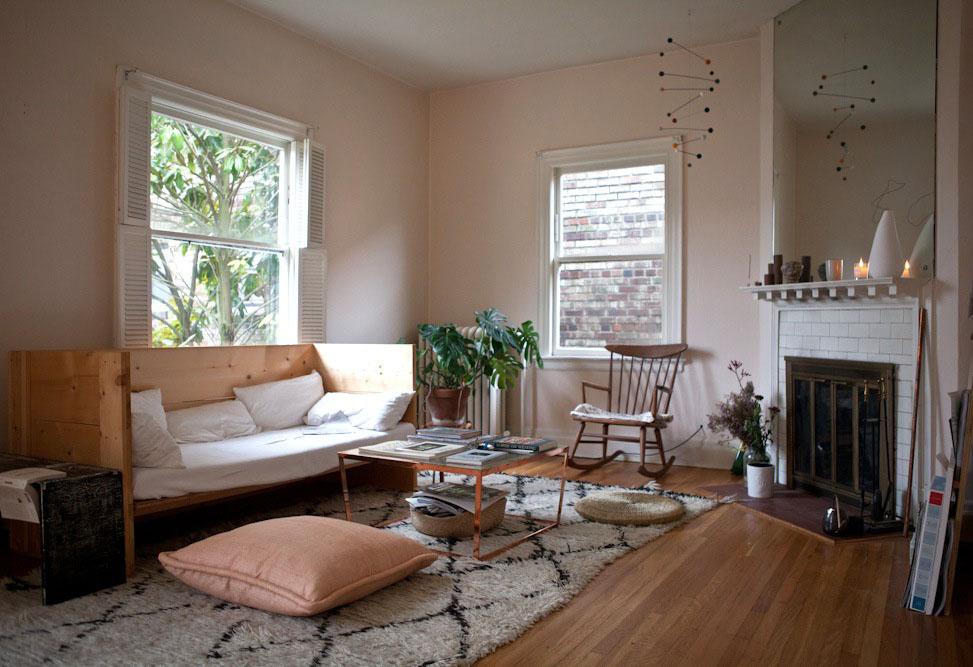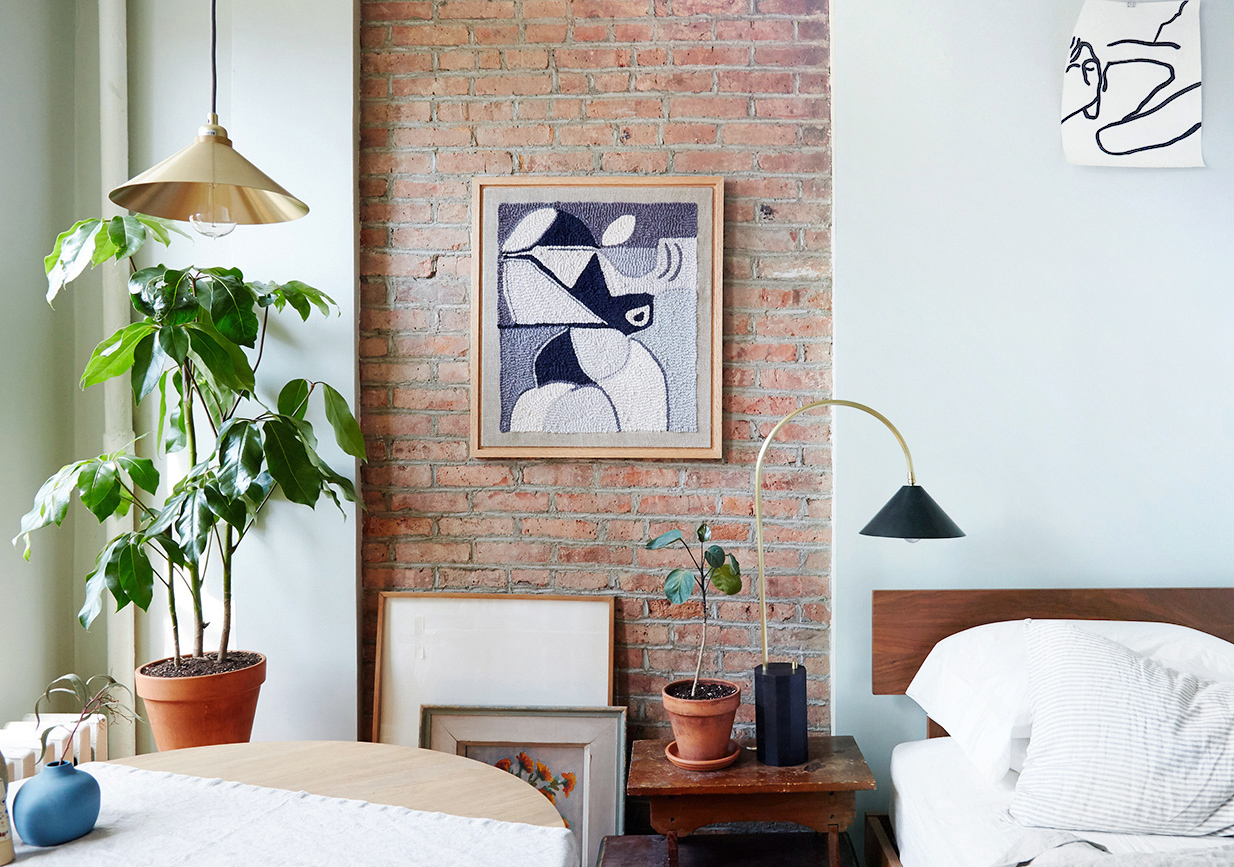
08.14.17
At Home With
See How An Interiors Stylist Transformed One Tiny Brooklyn Bedroom
Sean Santiago is a Renaissance man in Madewell slides — a photographer, writer, stylist, and creative director, not to mention Sight Unseen’s own contributing editor and right-hand man. One day he’s posting a guide to photographing your own butthole for Cakeboy, the unapologetically queer zine he founded and creative directs; the next, he’s flitting through Fort Greene in airy linen on his way to a press appointment. This summer alone, he’s created a series of how-to videos for StreetEasy, shot Marc Hundley’s new furniture collection for PIN-UP, photographed Mexican architect Francisco Pardo for Architectural Digest, and posed for Milk alongside an intimate treatise on gender.
For this article, the prolific profiler of spaces opened up his own Crown Heights home to us. Having moved in last summer, he set out to turn a single room into a combination bedroom and office — a tiny canvas that presented no small challenge. He handled the space constraints with characteristic grace, though, and the result is a surprisingly subtle headquarters for work, rest, and play.
PHOTOS BY EMILY JOHNSTON
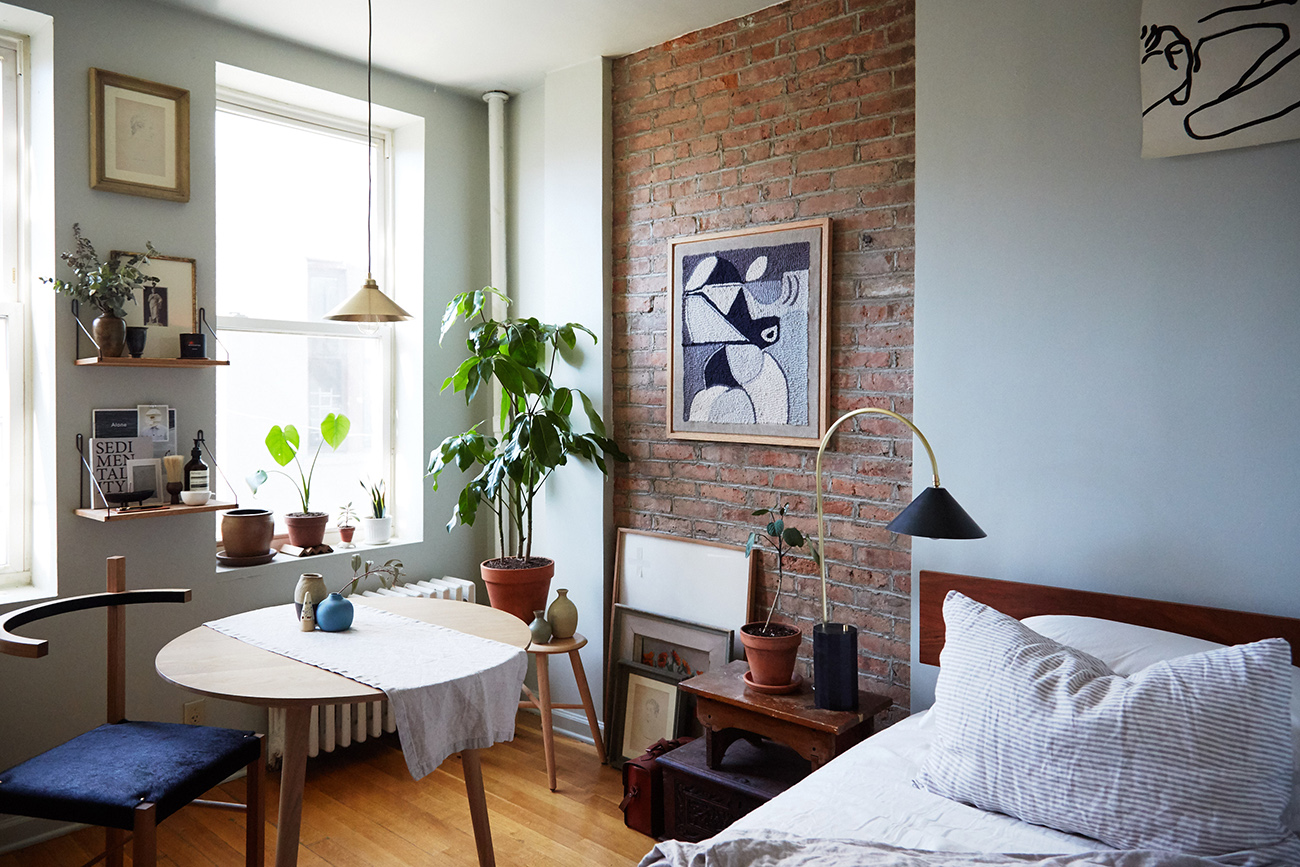
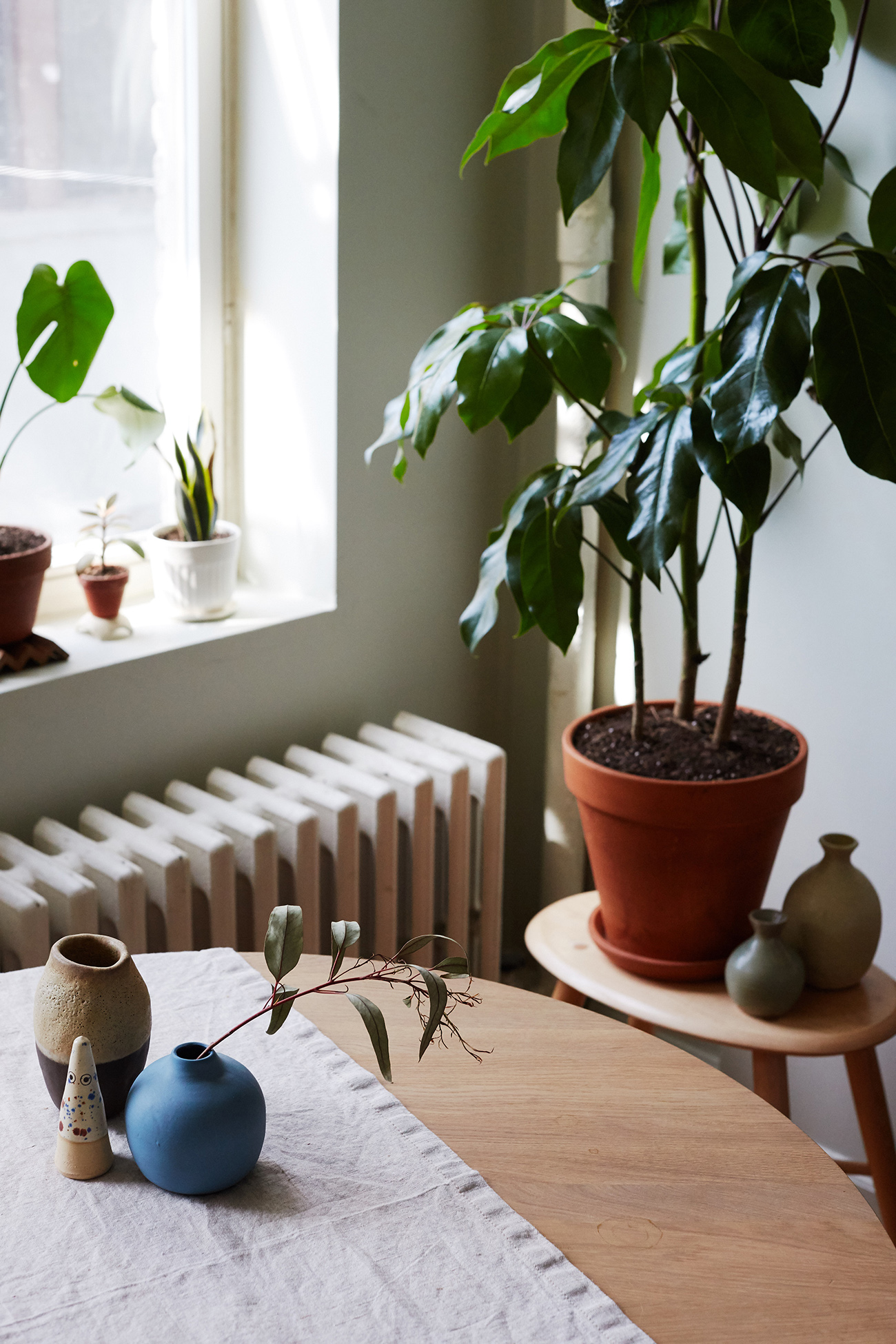
How did you get into design, exactly, and what interests you about the interiors aspect of it?
When I was a kid, my dad was always asking me to clean stuff up. And instead I would just sort of push it around and make it look a certain way. I think that set the tone for what I like to do and why I’m drawn to interiors. I like pushing stuff around and looking at it and deciding yes or no. I really loved fashion but it didn’t feel like the right fit for me and interiors was kind of this genderless, amorphous space where you got to play with colors and shapes and scale. It had the appeal of a playground. I love color. I love collecting tea towels because I love finding something from a dye lot that’s just so right.
These tiny moments are so special. The question of why we live the way we live will never not be interesting to me.
What are some of your favorite interiors?
I do like more of an organic, decayed, weathered look. I don’t really love shiny. As a photographer I’m drawn to very basic things like light. A lot of my favorite spaces use light in appealing ways or are shot in ways that the light is just beautiful. They are generally a little more muted.
I have an entire binder full of clippings of interiors. I really love the layering of Studio Peregalli. Their rooms are textural and deliberate about color, right down to the shade of a shade. That said, some of the color-saturated Instagram design trends are too much for me. I like it when something is a little bit more understated. But I’m also a perfectionist and I like to see a room that’s very finished. I love the home of Will Fisher (Jamb’s founder) as featured in World of Interiors.
For most creatives living within a budget in NYC, we don’t have the opportunity to build out a space. We’re focused on the smaller moments in our home and giving them a little more import. We’ve gone from the big picture room to a cute girl on Instagram with a bag next to her chic radiator. On one hand, I look to escape into interiors and use them to try on someone else’s life. But it’s also intriguing to see how interiors can be broken down into the elements that go into them.
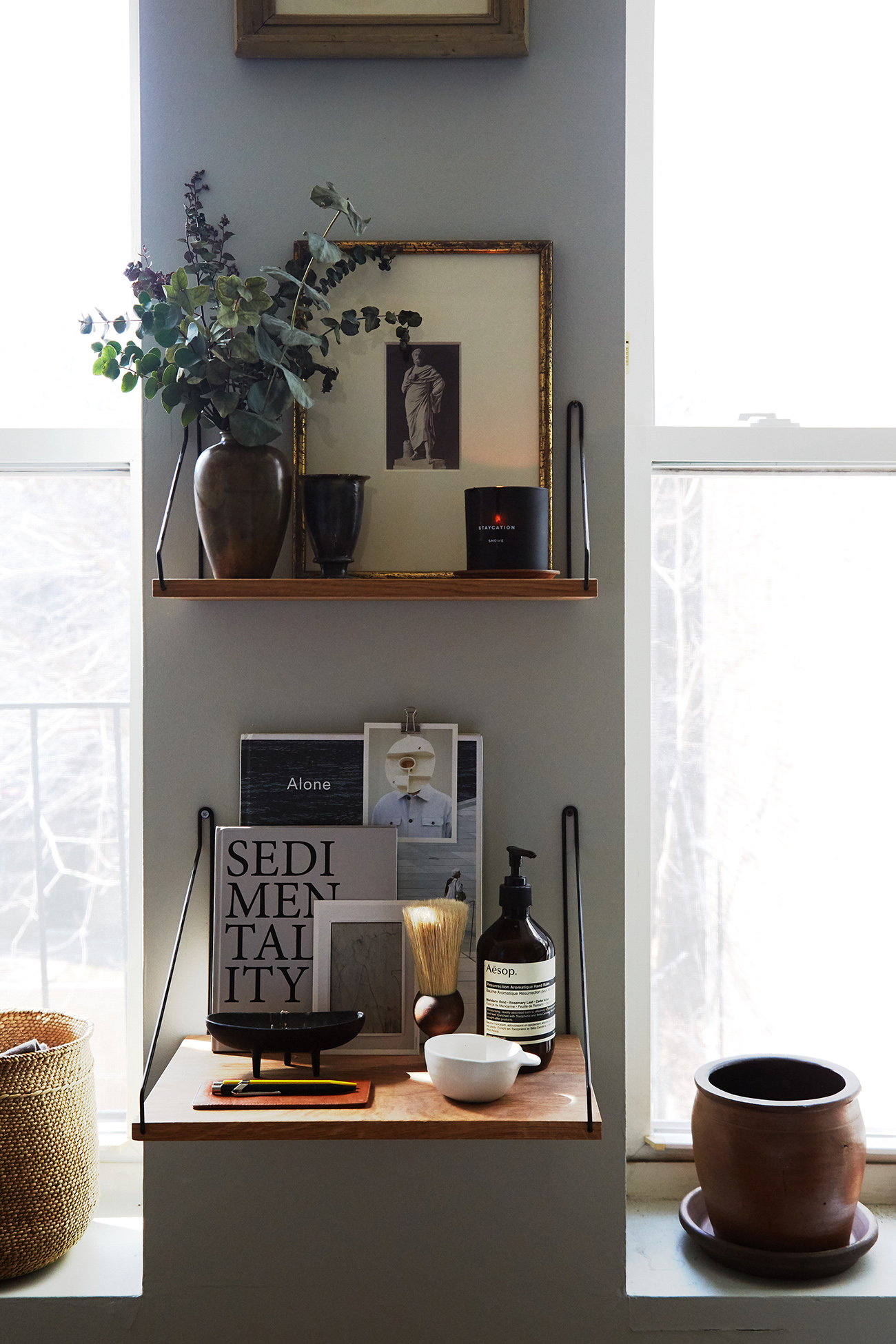
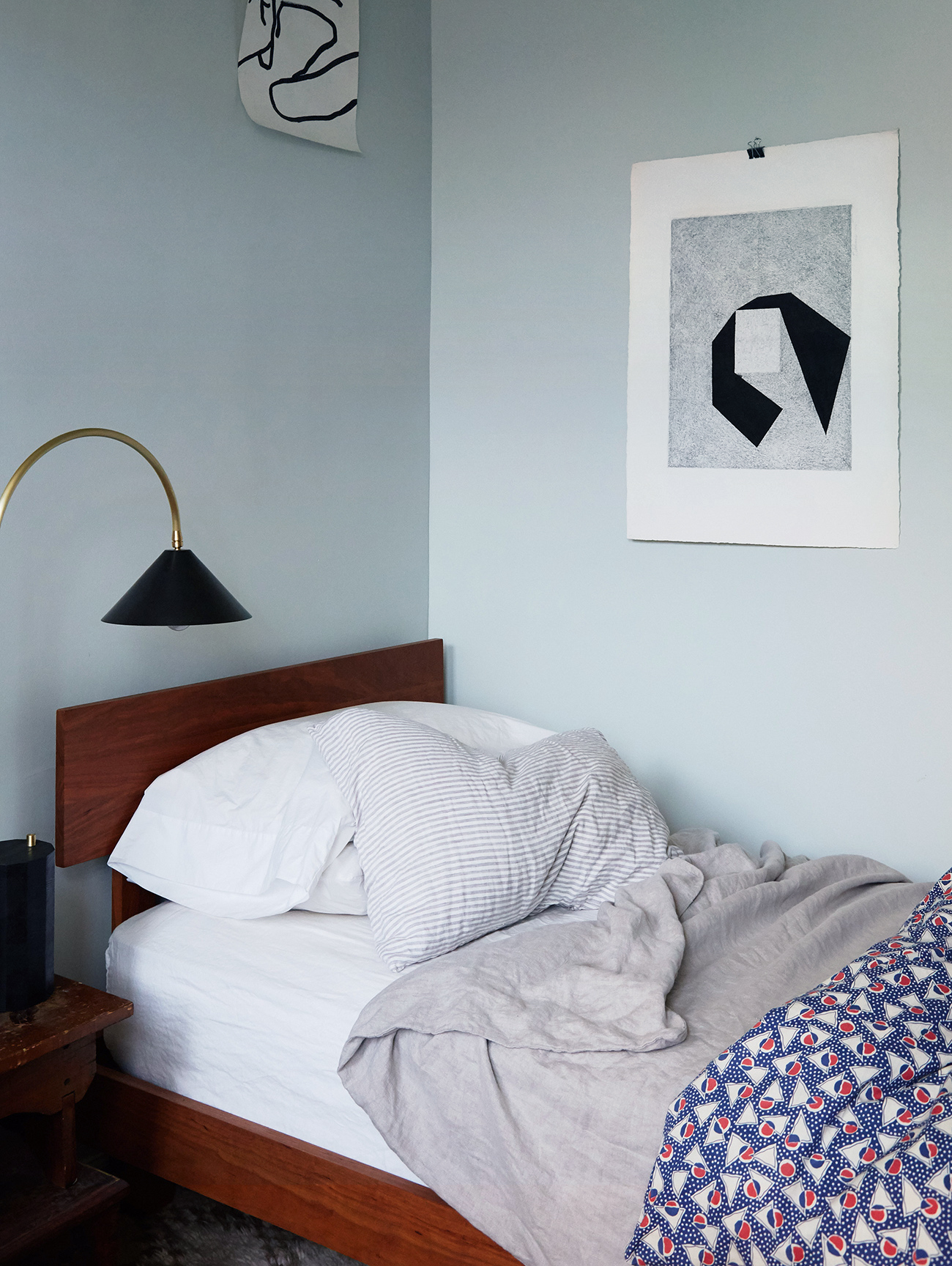
How do you feel about the so-called clickbait that’s prevalent in the shelter space online?
There’s such a disconnect between the industry and what consumers are really consuming. At the end of the day, online media is a trade built around the antithesis of what the design industry is. Shelter is just so stratified that there isn’t really that accessible ‘in’ or there hasn’t really been a discourse around what the accessible ‘in’ is except for IKEA and Target. To make it accessible it becomes so watered down that you’re really not talking about design anymore. It’s hard to talk about design in a way that seems relevant to a wide swath of people. But that doesn’t make it wrong to try.
When it comes to Instagram, it’s not really about even living with pieces, it’s about propping with them and getting the likes. You don’t even need to have them be a part of your home or your lifestyle. There is no context anymore and everything is instantaneous too. Think about phenomenons like the @ettoresottsass account. It’s beautiful design porn but there’s no context.
That account is basically just @thefatjewish of interiors.
There’s your clickbait headline.
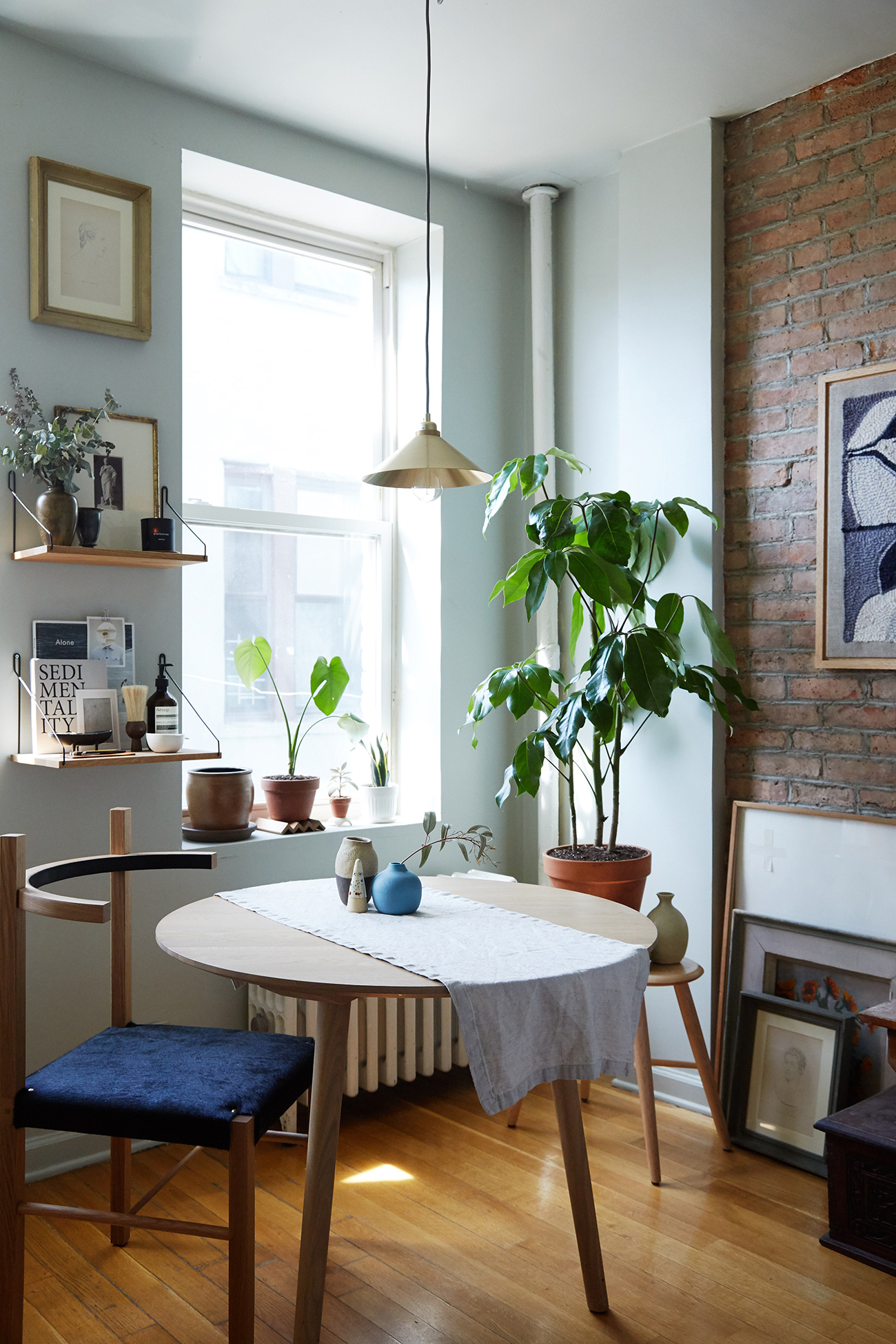
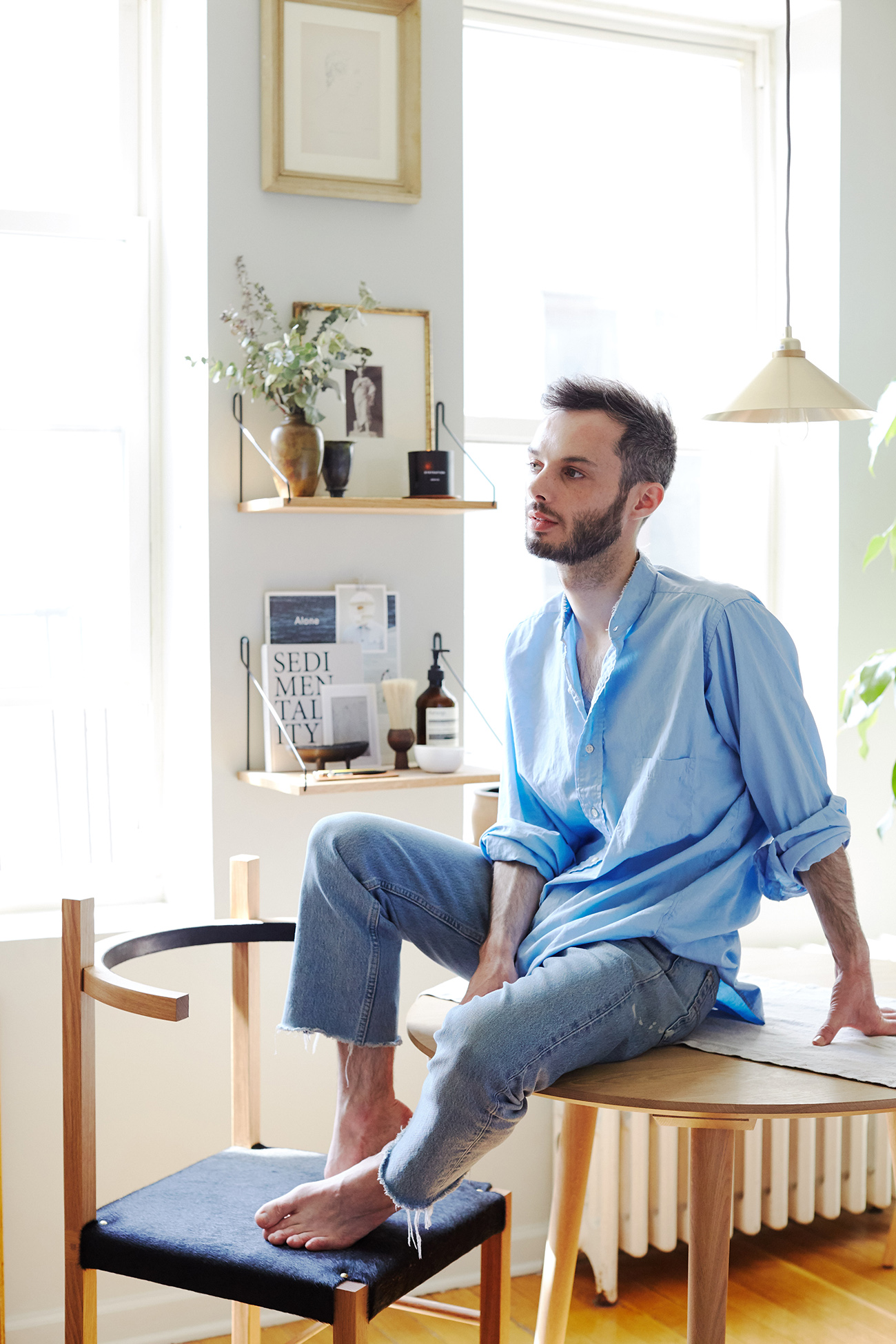
Last time we talked you were really into downsizing your space. Are you still in that mindset?
After moving last summer to this space, I was all about getting rid of stuff. Stuff that I thought was sentimental about but suddenly realized I didn’t want. I came in with a very specific idea of what I wanted, and once that happened I calmed down. I have to do so much in there, because I am using it as a live/work space. It’s short on storage, which is a side effect of Kondo-ing the whole space, but I have baskets that I use to store things and I am in love with their texture.
This room feels a lot more intentional than my old room. It’s an ongoing articulation of the pieces I’ve accumulated, and it’s taken time to realize how they fit as an assemblage. When you’re getting dressed in the morning you realize things go together, but it’s much harder with a room because of the scale. It’s much harder to lightly bring in a chair than say, a piece of jewelry. It’s hard to get context right in a space, but I’m happier than I was before.
Are there any objects you particularly treasure?
I’m always looking for that little something to bring back from my travels. I love the magazines I have. I love any book that has a really good linen spine and kind of midcentury typography. I especially love this one Edition du Griffon series on various sculptors, like Barbara Hepworth.
Why did you limit yourself to one room and what were you looking to do within these constraints?
My top priority was creating a space where I could be a business person as much as anything else. And to be creating a space that was in and of itself a workshop for ideas was very important to me. Here is my slice of space in the city. Learning how to say no was a big part of that. I would love to have a bigger space eventually, but this was an important exercise. It wasn’t just one thing or the other — a bedroom, or a living space. It forced me to figure out what I really need.
What were your biggest influences in assembling the room?
When I moved in I immediately had ideas of what I wanted to do, starting with furniture. I went to Room & Board because they have a good, simple twin bed. I didn’t want my bed to take up too much space. My last room felt like it was all bed. So I got the bed in cherry and focused on mixing wood tones. The table is from &tradition. That summer, I’d been to a restaurant in Malmö, Sweden with a big birch table. I was touching that table thinking this is perfection. I got a few other pieces from Room & Board — the plant stand and the bookshelf — because they have minimal, clean pieces that were a good supplement to that Scandi vibe which was very much where my head was after traveling there. The light fixture above the table is Frama — I like that it brings in some brass. The shelving is also from Frama and the vintage rug is from TRNK.
The chair is something of an instant icon — my friend John introduced it last year as part of his line, Coil + Drift (he also made the bedside lamp), and I think it was almost immediately picked up by the guys from Apparatus, who have a set of them in their office. So, naturally, I wanted one, too! That’s pretty much all the furniture that can go in here.
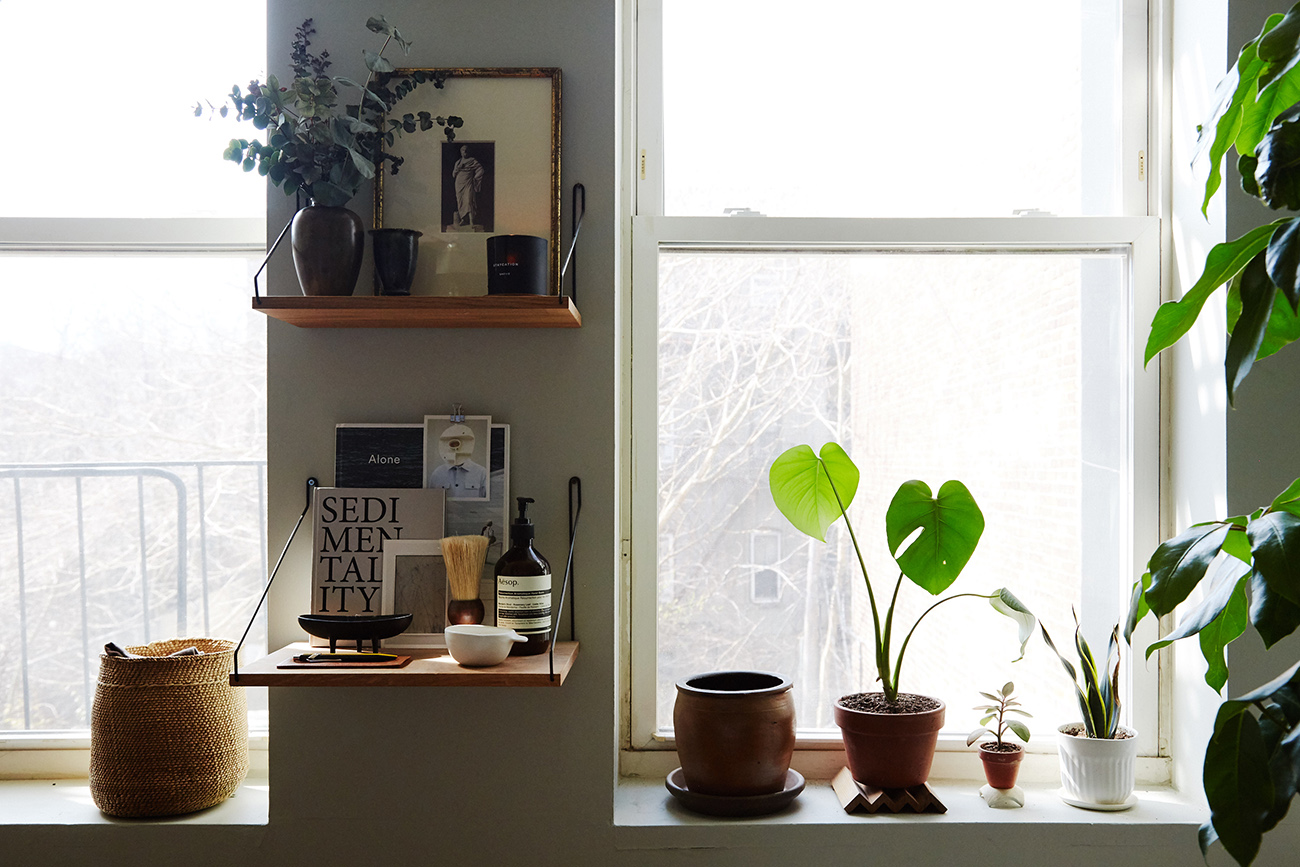
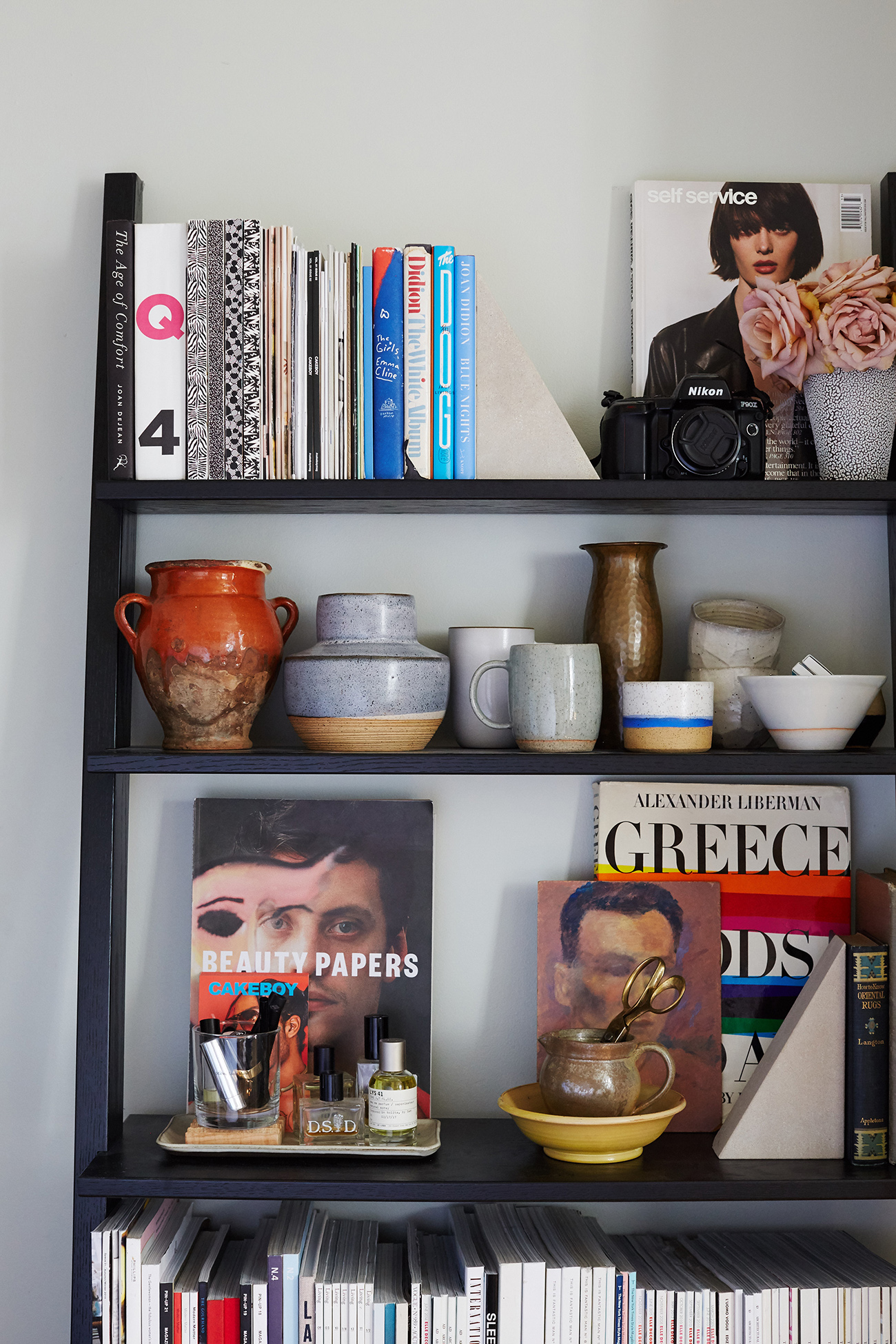
Are you still feeling the Scandi vibe?
It’s hard because there are so many styles that I really love. I was just in Mexico City meeting with a few different architects and design industry people to talk about the city’s design scene. The materiality is really influential because down there they are working in the very particular vernacular of their materials. The way that they layer the light is really inspiring. There’s no such thing as a white cube space.
I’ve moved away from embracing a specific regional aesthetic and towards thinking about space, light, and color. In my own room, there’s not a lot of space to play with — but it’s nice to have those limitations.
Having constraints makes you more creative. Writing is like that too.
I’ve had to think about it in such a pragmatic way. It’s not just a cute bedroom story. It’s a living, breathing quarters. Sometimes I feel like the energy of working and getting frustrated stays there. The bed kind of feels like an afterthought. It’s almost like a daybed. I think the division between work and rest needs to be mental as much as physical. So for me it’s been kind of tricky to navigate that. Going in with a literal blueprint (my roommate is an architect, and sent me a floor plan beforehand) and being very intentional about the fixtures that was a really big help in the end.
I like what you said about getting away from the idea of this space needs to be Danish, or this space needs to be Italian maximalism. And getting out of that mindset is more than just mixing things.
Exactly, I think it’s like being eclectic for the sake of being eclectic. With an outfit, I’ll be a slave to the aesthetic — then I can put it back in my closet. In a room, that’s where you break it down to the textures you want to feel, the wood tones you want to see. The way you want the light to hit. The plants you want to bring in.
At this point, it’s less about an aesthetic and more like proportion. I was really picky. I went through six or seven paint samples from Farrow & Ball before I blindly chose this one. I needed a little bit of green, and I wanted to come close to the color of some linens I bought in Antwerp. I stopped wearing a lot of linen in my wardrobe so I moved a lot of the linen into my room.
I toyed with the idea of doing pink but I really like the way the green works with the wood tones. Though I did bring in some millennial pink in the form of my coffee cup. I’m very ritualistic, because my parents are very ritualistic, and coffee every morning is my big one.
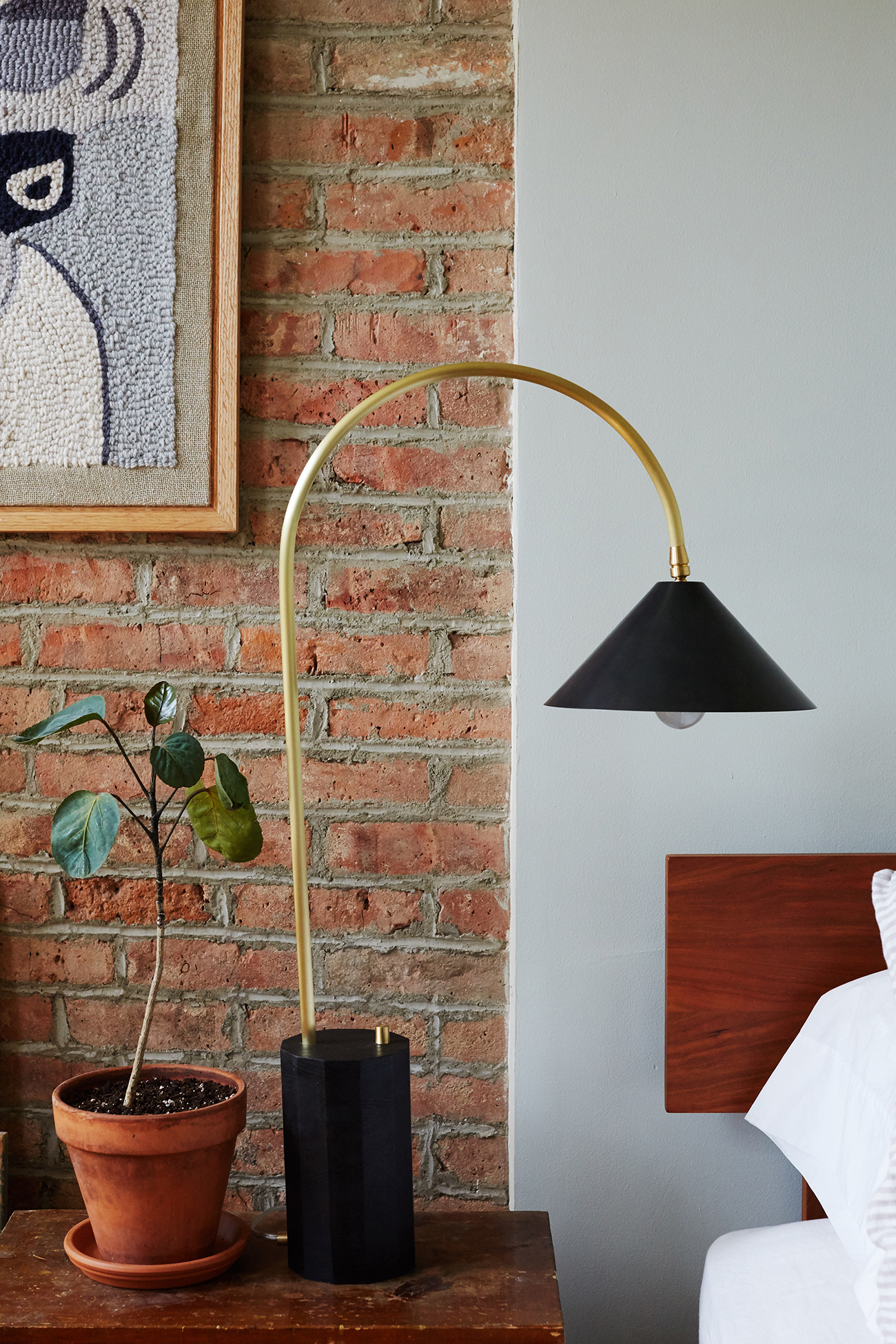
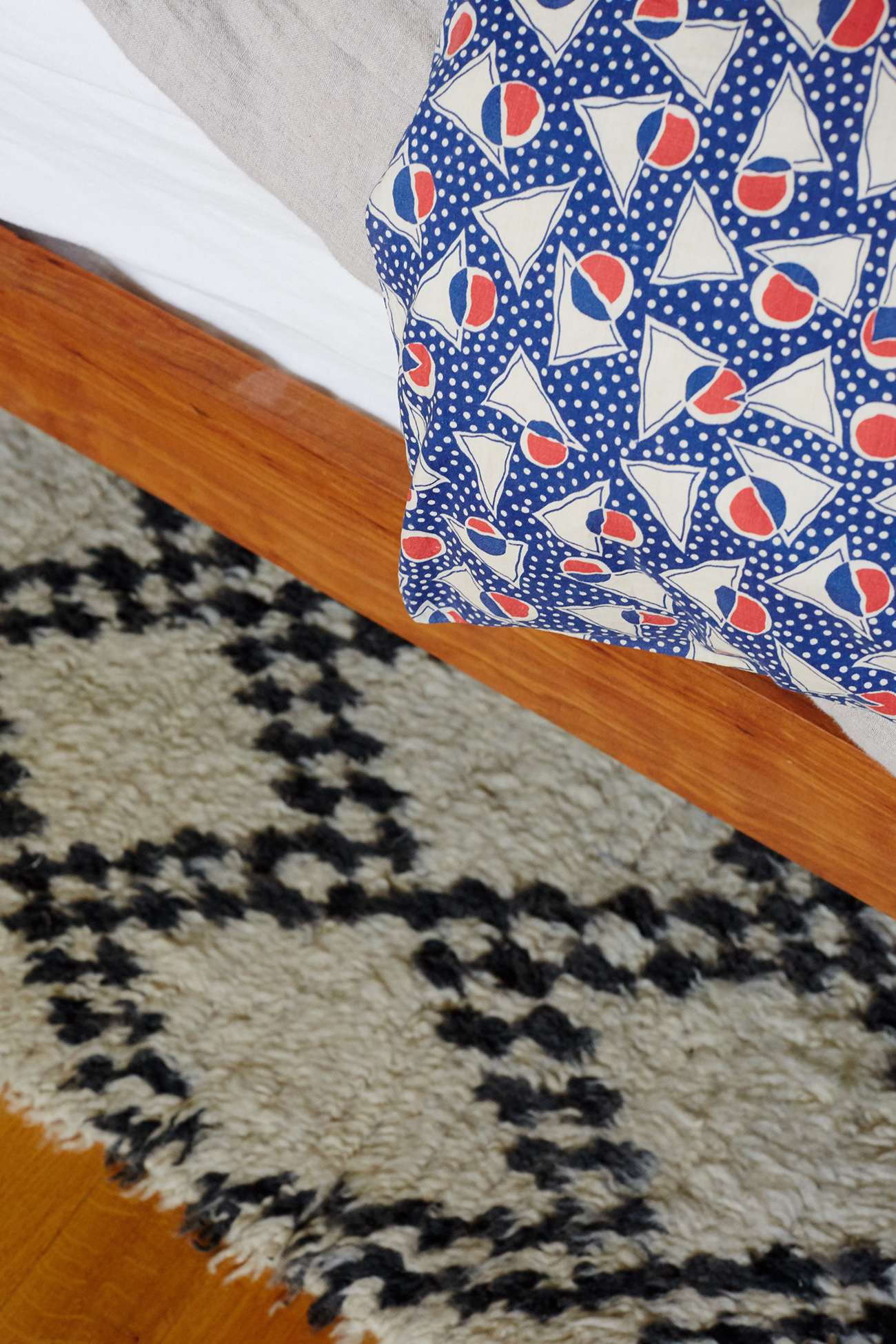
I like that you mention your parents. Some people in the design scene just act like they just magically appeared in the world as fully formed Brooklynites.
Lol. My way of living is informed by a lot of the ritualism of what my parents do. Like going to the farmer’s market with my dad, or how much coffee they drink. I lived on both coasts growing up, so the unfortunate thread running through my childhood was suburban sprawl. Maybe I’m running from that, too, to some degree. I am someone who needs to be intentional about my space. It has to articulate a point of view.
We should talk about Cakeboy. When I think of you, I think of the originality you bring to a depiction of queerness that isn’t always represented in other media.
I think my space has a bit of a Big Little Lies aesthetic. You know, pour a glass of wine and walk down the beach. Designing the space was an exercise. But it was also a respite from Cakeboy and the conversations I have around it, which are difficult to separate from the political climate.
Every time I have a light conversation with someone it’s all about the apocalypse. I’m not the best at light conversation.
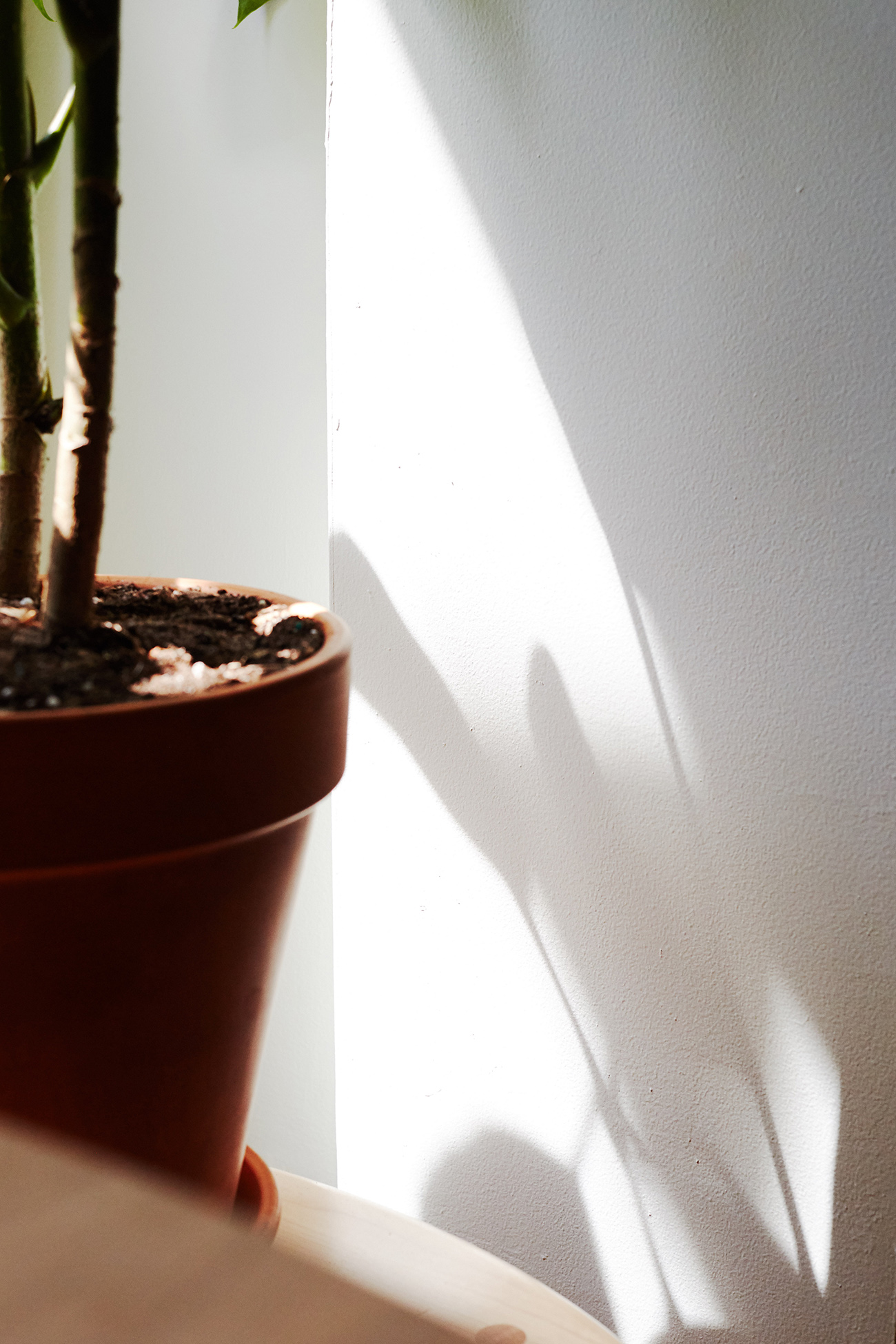
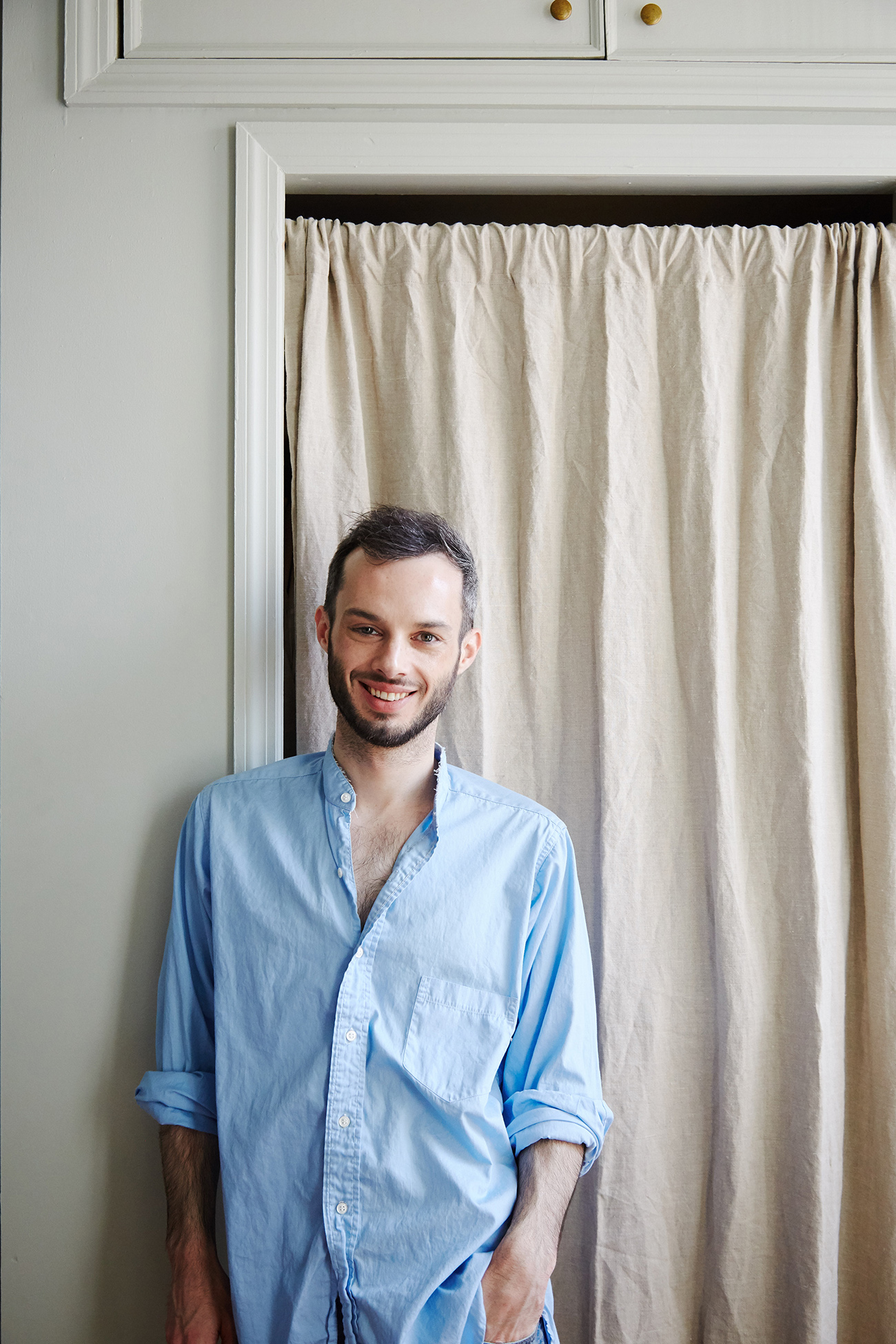
I like that about you.
My line of work provides me with opportunities to get out and see how other people are living. I gravitate towards synergy with a queer viewpoint of art, architecture and design. But I also need to insulate myself from the intensity that comes with talking to other creatives.
You’re going to hate me for asking this, but how would you describe what you do?
It’s so nebulous. It depends on the context of the conversation. I’ve been saying that I run an independent agency and consultancy and work to provide solutions for brands and entrepreneurs. If you say you do ‘nothing’ or ‘whatever’ people think you do nothing and it doesn’t matter. You have to train yourself to represent what you offer and that what you offer is valid — even when your skills aren’t concrete. One of the great things about running a zine is that you can then package it like a portfolio.
There’s a lot of noise on the internet. Cakeboy is nice because it’s a project that has me always asking why? What’s the point? These are good questions to ask yourself constantly.

